 Institute of Applied and Computational Mathematics
IACM is one of the few research institutes in Europe dedicated to promoting the use of advanced mathematics in natural sciences and engineering
Institute of Applied and Computational Mathematics
IACM is one of the few research institutes in Europe dedicated to promoting the use of advanced mathematics in natural sciences and engineering
Wave propagation
ABOUT
RESEARCH AND DEVELOPMENT ACTIVITIES
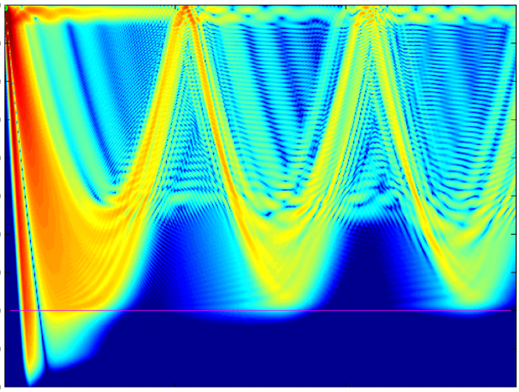
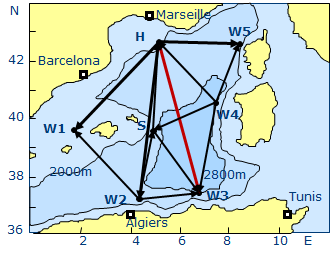
Inverse scattering in waveguides: The research in this area focuses on the reconstruction of velocity inhomogeneities from point source data for the wave equation, and on the study of global uniqueness for the reconstruction of the refraction index from the DtN map for the Helmholtz equation, on complex geometric optics for waveguides as well as on the reconstruction of hard obstacles in homogeneous wave guides. Inverse problems for non-homogeneous acoustic and elastic waveguides are studied with new imaging functionals such as quantum fidelity and Loschmidt echo, by exploiting aspects of chaotic ray dynamics.
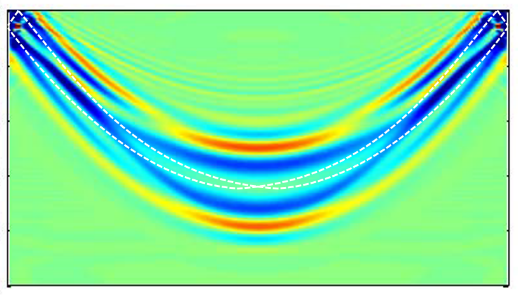
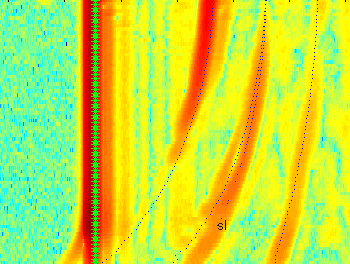
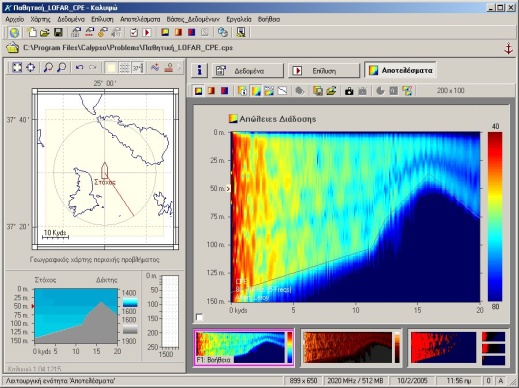
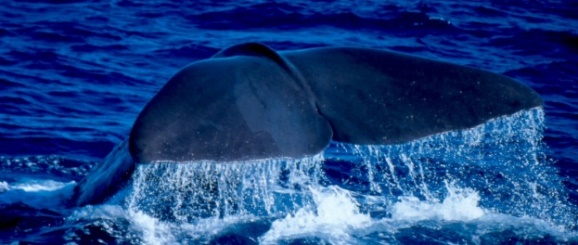
Ambient noise: The group is active in the modelling of shipping noise since the late 1980s. In 2015 it developed an operational system for real-time prediction of shipping noise in the Eastern Mediterranean Sea using real-time AIS data and wave propagation modeling – that system provides hourly predictions of noise distribution over the whole basin at different depths. The group has also developed autonomous noise recorders that can be used for ambient noise monitoring in the framework of the MSFD (EU Marine strategy framework directive. In addition, the group works on the spatial coherence of ambient noise field, in connection with passive tomography relying on cross-correlation of the noise field at different locations and the emergence of the Green’s function.
Click here to visit site
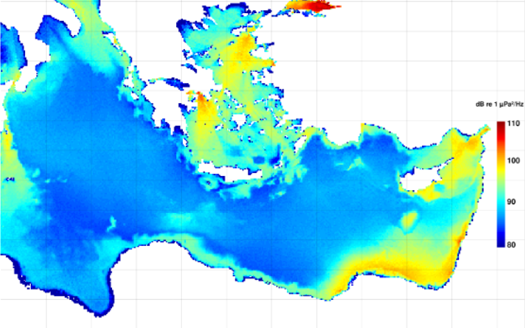
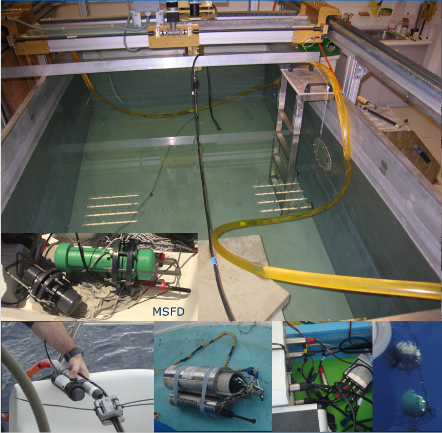
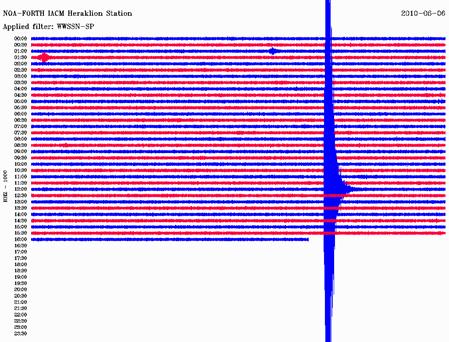

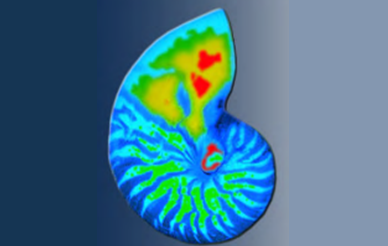
Wave Propagation
RESEARCH AND DEVELOPMENT PROGRAMS
A. ONGOING PROJECTS
- EFFECTIVE: Enhancing social well-being and economic prosperity by reinforcing the eFFECTIVE ness of protection and restoration management in Mediterranean MPAs, EU–Horizon Europe, 2023-2027
- HiAOOS: High Arctic Ocean Observation Systems - next generation of scientific instrumentation, tools and methods, EU–Horizon Europe, 2023-27
- WHALES ‘25, Founding Agency: OceanCare, 1/3/2025 – 31/5/2026
B. COMPLETED PROJECTS
- WHALES ‘24, Founding Agency: OceanCare, 1/6/2024 – 24/12/2024
- QUIETSEAS: Testing propagation models in critical areas of the Mediterranean Sea to be used for the traffic noise modeling, EU DG-Environment, 2021-2023.
- AUTOREC: Development of Underwater Acoustic Listeners, HCMR, 2020-2023.
- SAvEWhales: System for the avoidance of ship strikes with endangered whales. Development of a real-time acoustic observatory for sperm-whale detection and localization, Ocean Care, 2019-2022. https://sites.google.com/view/savewhales
- QUIETMED II: Consultation on the criteria to define thresholds for continuous noise measuring, EU DG-Environment, 2019-2021.
- PTSK: Peak-time sensitivity kernels for noise cross-correlation patterns, US-ONR, 2020-2021.
- SSK: Source sensitivity kernels: A new tool for noise cross-correlation studies, US-ONR, 2019-2020.
- GREEN: Green's function emergence through cross-correlation of shipping noise, US-ONR, 2018-2019.
- QUIETMED: Homogenization of ambient noise monitoring techniques for the Mediterranean Sea, EU DG-Environment, 2017-2018.
- PERAN: Innovative Actions in Environmental Research and Development, GSRT, 2017-2020.
- GREEN: Green’s function emergence through cross-correlation of shipping noise, US-ONR, 2018-2019.
- QUIETMED: Joint programme on noise for the implementation of the second cycle of the MSFD in the Mediterranean Sea, EU, 2017-2018
- E-RIHS: The European Research Infrastructure for Heritage Science, EU, 2017-2020
- PHASE-FS: Behavior and sensitivity of phase arrival times in the Fram-Strait area, US-ONR, 2016-2017.
- PHASE-2: Phase behavior and implications for travel-time observables , US-ONR, 2014-2015.
- SEA-EARS: Passive acoustic localization in the sea based on multipath (SEA-EARS), GSRT– Excellence-II Grants, 2014-2015
- EDELWEIS-14: Experiment for passive acoustic detection and localization of whales in the Ionian Sea, Ocean Care – CH, 2014.
- PEFYKA: Environment and natural hazards: New methods for monitoring and study of the ocean environment - GSRT– KRIPIS, 2013-2015.
- PHASE: Behavior and sensitivity of phase arrival times, US-ONR, 2013-2014.
SELECTED PUBLICATIONS
-
2025
- A Prospathopoulos, E Skarsoulis, G Piperakis, D Makropoulos, P Drakopoulou, D Kassis, D Ballas, E Orfanakis, P Papadakis, M Taroudakis (2025) Assessment of shipping noise in Greek marine waters under the 2018-2023 Marine Strategy Framework Directive (MSFD) monitoring programme, 8th Underwater Acoustics Conference and Exhibition, UACE2025, 15-20 June 2025, Halkidiki, Greece
- E Skarsoulis, G Piperakis (2025) Acoustic observables and inversions in long-range polar transmissions, 8th Underwater Acoustics Conference and Exhibition, UACE2025, 15-20 June 2025, Halkidiki, Greece
- E Vergis, S Triliva, M Genius, M Taroudakis, N Papadakis (2025) A mixed-methods approach to understanding dual insecurity: examining Crete’s labour market, Quality & Quantity, 1-26.
- A Xenaki, P Gerstoft, E Williams, S Abadi (2025) Overview of distributed acoustic sensing: Theory and ocean applications, The Journal of the Acoustical Society of America 158 (1), 801-825.
- A Xenaki, P Gerstoft, E Williams, S Abadi (2025) Distributed acoustic sensing for ocean applications, arXiv preprint arXiv:2502.18344
- 2024
- 2023
- 2022
- 2021
- 2020
- 2019
- 2018
- 2017
- 2016
- 2015
- 2014
- 2013
PEOPLE
- Kalogerakis Michael, Collaborating Researcher
- Kouzoupis Spyros, Collaborating Researcher
- Makrakis George, Collaborating Researcher
- Papadakis Panagiotis, Senior Scientist
- Skarsoulis Emmanuel, Research Director
- Taroudakis Michael, Collaborating Researcher
- Xenaki, Angeliki, Principal Researcher
- Piperakis George, Technical Scientist
- Orfanakis Emmanuel, Collaborating Technical Scientist
CONTACT US
For any information regarding the group please contact:
Wave Propagation Group,
Institute of Applied and Computational Mathematics,
Foundation for Research and Technology - Hellas
Nikolaou Plastira 100, Vassilika Vouton,
GR 700 13 Heraklion, Crete
GREECE
Tel: +30 2810 391800
E-mail: This email address is being protected from spambots. You need JavaScript enabled to view it. (Mrs. Maria Papadaki)
Tel.: +30 2810 391805
E-mail: This email address is being protected from spambots. You need JavaScript enabled to view it. (Mrs. Yiota Rigopoulou)